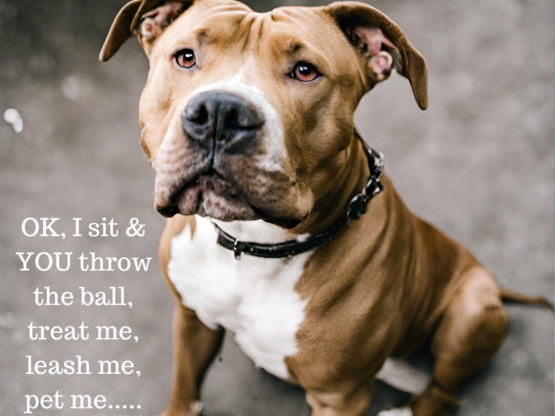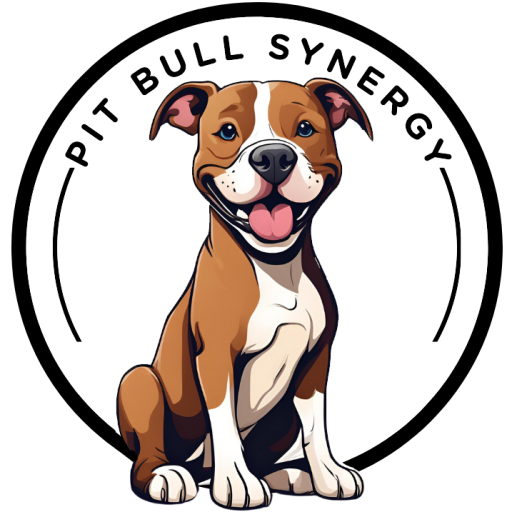menu
Nothing in Life is FREE Protocol
In her book, “How to be the Leader of the Pack”, Patricia B. McConnell, Ph.D states: “I know you love your dog. But if you love your dog you will do him no favors by catering to him, continually cooing over him or providing him with no boundaries. Dogs need to feel secure to be truly happy; that means they need to feel secure that you will be the leader, and that they can count on you to take charge. I know you love your dog. But if you love your dog you will do him no favors by catering to him, continually cooing over him or providing him with no boundaries. Dogs need to feel secure to be truly happy; that means they need to feel secure that you will be the leader, and that they can count on you to take charge. But being the “leader” is often misunderstood. It doesn’t mean that you forcibly dominate your dog. Rather, leadership is more of a mental quality, in which you set boundaries without intimidation. Good parents and good teachers know that children need kind and benevolent direction, and good dog trainers know that dogs need the same thing. Like children, all dogs need love, but there’s a big difference between being loved and being spoiled. It will do your dog no good to live in a house where she can get anything that she wants by being pushy and demanding. If you are comfortable being a benevolent leader, your dog can relax, and will love you all the more for it. "
No Free Lunches
The Nothing in Life is Free, Say Please and No Free Lunch are training methods that take advantage of regular everyday situations to reinforce manners and good behavior without allocating hours of dedicated practice time. The guiding idea is simple to implement. Whatever your dog wants, they must work for. This tactic works for both you and your dog. You get a well-trained, polite dog and your dog gets what he wants (his belly to be scratched, a treat or his ball thrown, etc...) Furthermore, you have laid the foundation for an enjoyable relationship that will last a lifetime.

Like people, dogs pick up on what works quickly in order to achieve what they want. They have the capacity to connect their behaviors to the results. The dog might learn, for instance, that if I "sit," I'll either get a treat or go for a walk. Dogs will even perform a behavior before you ever ask them to. The NILIF approaches operate by educating the dog to 'earn' their reward by doing something we want them to do by using their own desires to achieve that. NILIF is a simple training method to use. First, the dog's environment and all the nice things in it are under the control of the Benevolent Leader (you). The definition of what is "good" will differ from dog to dog. Secondly, dogs are motivated by "Life Rewards" and are employed to teach desired behaviors. As a result, we are not required to designate certain training periods. Implement NILIF in daily routines and are use it frequently.
Teaching Cues
It's crucial to start by teaching your dog some fundamental cues like sit, down, stay, and come. Cute tactics like "shake" can also be successful. Once the dog is familiar with the fundamentals, you can begin the NILIF training. Don't forget to train your dog in various areas to help him practice.
Once Cues are Learned
When your dog realizes that he will receive a reward for performing the orders "sit," "shake," or "lie down," he may do one of the tricks or cues in anticipation of the reward. If this occurs, give your dog a cue telling him to do another skill. For instance, if you take your dog's leash out and they sit before you ask them to, you might then ask them to shake before putting their leash on to go for a walk.
Make a list of everything your dog enjoys and wants.
- :Make a personal commitment to never again offer those goods for free. Consider each one as a chance to train your dog, and request a trick or behavior you wish to improve.
- As a reward for that conduct, give him what he wants.
- Repetition, everywhere, every day.
Use it each time before:
- throwing a ball, Frisbee, rope-toy, etc.
- giving a toy.
- putting the food bowl down.
- handing over a treat or chewie.
- opening a door.
- putting on a leash to go for a walk.
- giving belly rubs or good ear scratch.
- hopping into or out of the car.
- allowing your dog onto the couch with you.
- or anything else your dog enjoys
Training Opportunities
Meals: Whether you feed your dog from a bowl or a toy that dispenses food, ask her to do anything beforehand. "Sit" is an example. Give the dog the food after he sits.
Food Begging: If your dog persistently requests food while you are eating, refuse to give it to him. This fosters and rewards bad behavior. Instead, bring a tiny piece of human food to your dog's bowl, have him perform a command you know, and then place the food there.
Chew toys or treats: Teach your dog a trick (such as spinning, shaking, or rolling over) and be sure the dog performs it before you give him the treat.
Walks: Dogs enjoy going for walks and get excited when you get the leash. Before putting on the leash or beginning your walk, make sure to ask your dog to sit. Additionally, during your walk you can cue your dog to sit and wait at curbs before crossing the road. Give your dog the cue "Let's go" to continue walking when it's clear to cross the road. The dog receives the benefit of continuing his walk. You have kept your dog safe by teaching him to sit at curbs.
Playing ball: Request a "shake" from your dog before tossing the ball.
Furniture or a bed: The dog should sit and be invited up before climbing onto a piece of furniture. Dogs should also always leave furniture when asked to do so. Never force or pull your dog by the collar off the couch or bed since this could cause conflict and aggression. If the dog does not come of willingly offer an enticing high value treat to get the dog to come off.
